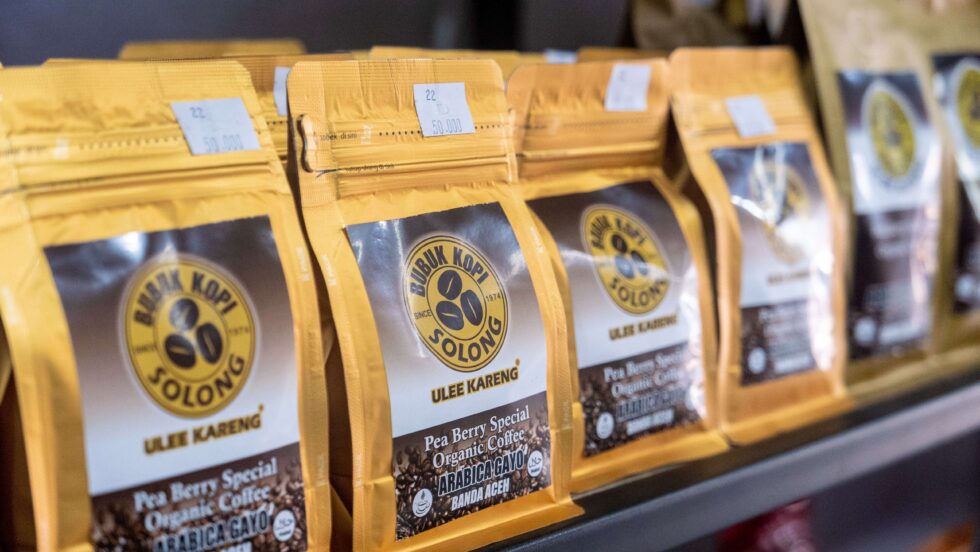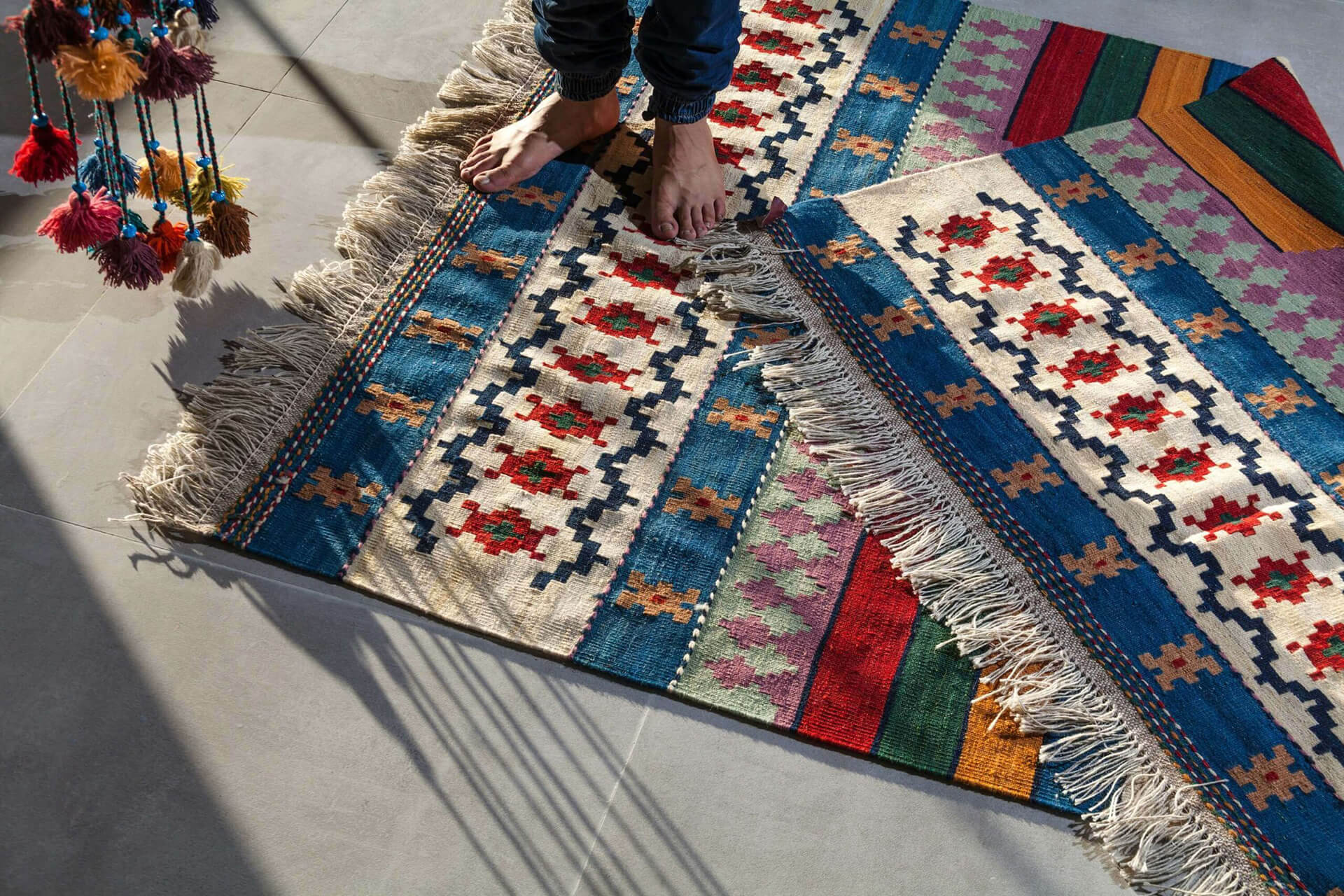All About Thermal Laminating Film Rolls: Meaning, Uses & Benefits
A product is no longer just a ‘thing’ that a consumer wishes to possess. Today, the purpose of a product goes beyond that. In a world full of consumers that want to make the most of life, it is the product experience that counts. Each little aspect adds to this experience – from the features and functionalities to the look and feel. One of the best ways to enhance the appeal of a product in every sense is by leveraging the benefits of laminating films.
Laminating films are a common phenomenon in diverse markets – from the food and beverages sector to the cosmetics industry to medical applications – you will come across laminating films daily if you keep a keen eye out for the same. Today, you will find laminating films of different kinds, each one designed to protect and enhance a specific set of products.
One of the most popular lamination film types out there happens to be a thermal laminating film. So, what is it about this particular category that puts it on top of the list? Let’s take a closer look at what thermal laminating films are all about, along with their uses and advantages.
What Are Thermal Laminating Films?
The term ‘thermal’ is strictly reserved for double-sided encapsulation running at 130˚C. But today, people associate the term ‘thermal laminating film roll’ with any and every heated lamination process, making it a more general phenomenon. Thermal lamination films are surface coated with resin or a thermal adhesive that melts even at low temperatures. This property of the film facilitates the process of paper products lamination simply by applying pressure and heat.
Thermal lamination films are commonly used for regularly used products and single-sided applications like lamination of commercial products and packaging printers. The malleability feature enables the laminator to separate and burst the sheets apart with ease. In addition, a thermal lamination film is compatible with coating techniques, such as spot UV, embossing, or foil. Other key features include structural strength and thickness, and superior receptiveness to embellishments.
Thermal Laminating Film Uses
1. In the packaging industry, laminating films can be applied to surfaces such as paper, cardboard, aluminum foil, and biofilm.
2. The films provide food and non-food packaging with barrier properties, improved appearance, and haptic properties – all of which contribute to improving the feel of a surface.
3. In the paper printing sector, thermal laminating film applications include books, diaries, leaflets, brochures, textbook covers, magazines, and so on.
4. Laminating films also come in handy when it comes to providing excellent protection for official documentation, and enhancing their durability.
5. In the hospitality industry, restaurants can imbibe a sense of luxury via the smallest of details like laminated menus, and/or laminated food label cards on buffet tables.
6. The films are of key importance in the corporate world as well in terms of laminating ID cards, business cards, legal documents, and such.
7. In the printing and graphics sector, laminating films can be used to produce superior quality artworks, displays, banners, and posters.
Top 6 Thermal Laminating Film Benefits
1. Better Product Quality:
Today, the packaging does not just have a functional purpose, but can also carry a certain aesthetic value. Product packaging is an important part of a brand’s marketing strategy. Thermal lamination films can make the colors of the packaging look sharper, helping the product stand out from the crowd of similar products on retail shelves. Brand logos and taglines can also be easily printed on the films to improve brand visibility. Lamination films also equip products with structural strength and thickness, making them ideal for menus and ID cards.
2. Transparency:
Consumers have a myriad of choices for every other product category. As such, they like to see what they are spending on and know that the choice they are making is the best that they can have at that price. Giving them a glimpse of the actual product can increase the chances of them opting for your product. This way, very little has to be said on the packaging while showing them exactly what they are choosing. This can also help increase brand loyalty.
3. Moisture & Chemical Resistance:
Throughout their lifecycle, products pass through multiple regions with different climates. During their journey, they can also come in contact with harmful chemicals and other environmental elements that can damage the quality of the product. Product packaging laminated with thermal films is well-protected against moisture and chemicals during the shipping and transportation phases. No matter the stormy weather or warehouse conditions, the product reaches the destination in all its glory.
4. Protection:
Some thermal laminating films are exclusively designed to protect products from rough handling and friction during inventory management or the transportation process. They provide excellent tear-resistance, providing enhanced security to product packages. The films work wonders for the printing industry as well. Some digital inks take longer to dry and can easily be scratched or scuffed. The films help protect the messaging and branding on packages by keeping the ink intact. Maintaining documents becomes an easier task when they are laminated, all you have to do is wipe the dust or dirt off the surface.
5. Variety:
Thermal films are available in an impressive range of colors and decorative shades. They give an enhanced visual appeal to the product packaging. Many films out there work well with embellishments, such as spot UV, embossing, or foil. Moreover, these films can also be glued, die-cut, or perforated. They come in interesting textures as well, ranging from matte, silky-matte to a glossy finish. The films can also be customized to better fit the product specifications.
6. Affordability:
As compared to other promising alternatives such as UV coating, thermal lamination films are more cost-effective. This is owing to the reduced setup time and no clean-up time. In addition to this, the films come in varied densities, starting from as little as 0.90 g/m3, making them a more affordable alternative when compared to polyester films.
Ecoplast Ltd – Leading Thermal Laminating Film Manufacturers In India
Ecoplast Ltd. is one of the leading lamination film suppliers in India. Our films are specifically designed for high-speed lamination, come with excellent anti-static qualities, and are recyclable. The films also have strong adhesive anchoring, paving the way for great paper bonding. We provide a range of offerings when it comes to lamination films. Our EcoGen™ collection features the following premium products:
- C4 Grade Lamination Film – EcoGen™ 100 – A
- C8 Grade Lamination Film – EcoGen™ 101 – A
- 1 Layer Grade Lamination Film – EcoGen™ 102 – A
- Layer Grade Lamination Film – EcoGen™ 103 – A
Owing to 40 years of industry experience, our global client base places their faith in our expertise for their varied range of requirements. We successfully run manufacturing and distribution operations in nine countries – India, Canada, USA, UK, Dubai, Ethiopia, Mauritius, Sri Lanka, and Malaysia, along with an active presence in all major regional markets. If you are looking for reliable lamination film packaging for your products, contact us at +91-22-2683 3452 / +91-22-2683 1403, or drop an email at: [email protected]


